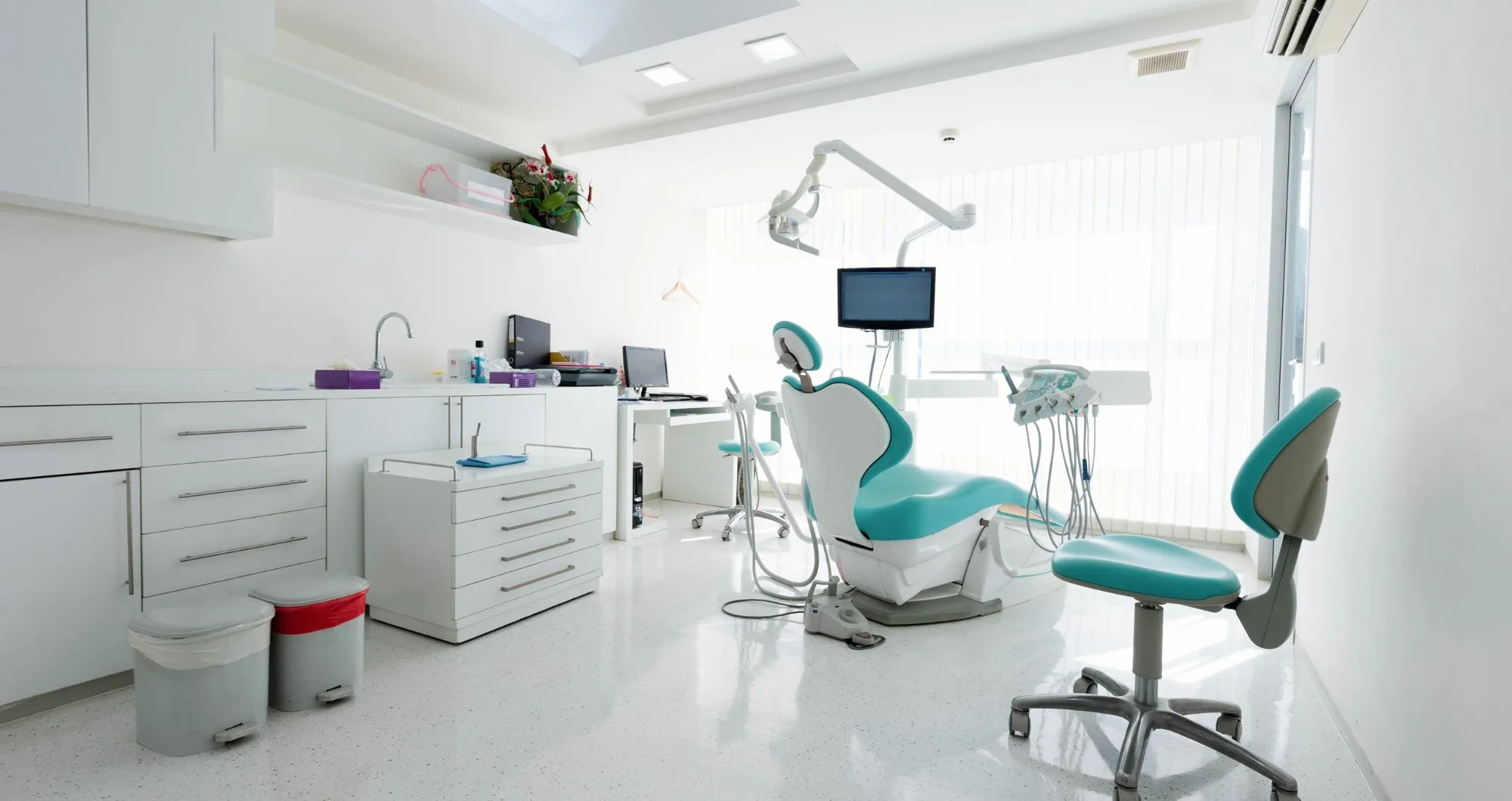5 Ways Smart Dental Fitouts Can Boost Patient Comfort and Your Profits

For any dental practice owner, the physical space you occupy is far more than just four walls and a reception desk. It is the silent partner in your business, influencing everything from staff morale and operational efficiency to, most crucially, patient perception and comfort. In a competitive market, merely being competent is not enough; your environment must actively support clinical excellence and minimise patient anxiety.
When you look at expanding, relocating, or refreshing your clinic, investing in quality dental fitouts is perhaps the most strategic decision you can make. A well-designed practice can transform the patient experience, turning a routine appointment into a positive encounter, which naturally translates into higher retention rates and improved profitability. But what exactly constitutes a ‘smart’ fitout? It’s about blending practical compliance with thoughtful, patient-centred design. We explore five essential ways that thoughtful design can deliver tangible returns.
Beyond the drill: Why your practice design matters
Think about the last time you visited a healthcare environment that felt sterile, dated, or confusing. That feeling of unease is precisely what modern dental practices must overcome. The successful planning of modern dental fitouts requires specialised expertise that goes beyond general construction. It demands an understanding of clinical workflows, infection control standards, and the psychological impact of design elements on those who are already feeling vulnerable.
A high-quality fitout acts as a powerful marketing tool. It signals professionalism, care, and investment in the patient experience. Moreover, it significantly impacts your daily operations. Time wasted due to poorly placed equipment or inefficient sterilisation paths directly hits your bottom line. By approaching your renovation or new build holistically, you ensure that every square metre is working for you, not against you.
1. Optimising flow: The invisible efficiency booster
The layout of a dental practice is akin to the wiring of a complex machine; if the connections are messy, the whole system slows down. One of the primary benefits of professional dental fitouts is the ability to streamline the movement of staff, patients, and instruments. This is the operational backbone of the clinic.
Streamlining staff movement and patient journeys
Consider the journey from the waiting area, through the consultation room, and out to the payment desk. Are there unnecessary bottlenecks? Does the path for clean instruments cross the path for contaminated ones? The best designs separate these functions clearly. For example, placing the sterilisation area centrally, yet discreetly, minimises the distance nurses and assistants have to travel, saving countless hours over the course of a year. This focus on efficiency is central to achieving the highest standards expected of professional healthcare fitouts.
For the patient, the flow should feel intuitive and private. No one wants to walk past the sterilisation room or overhear private conversations while waiting. A well-designed practice uses architectural elements like screens, strategic wall placement, and sound dampening materials to ensure patient privacy and dignity are maintained at all times. This attention to detail reduces friction for both your team and your clientele.
2. The psychology of colour and light
We often underestimate the profound impact of the visual environment. Harsh fluorescent lighting and clinical white walls are relics of the past that exacerbate patient anxiety. Modern design recognises that colour and light are powerful psychological tools that can be used to create a calming and professional atmosphere.
When selecting a colour scheme, look towards calming, nature-inspired palettes. Soft greens, muted blues, and warm timbers can replace the cold, stark look traditionally associated with medical settings. Furthermore, lighting is critical. While examination rooms require high-quality lighting to meet clinical requirements (ensuring optimal visibility for the dentist), the waiting room and reception areas should prioritise warmth.
- Natural Light: Maximise the use of natural light where possible. Studies show that exposure to daylight reduces stress and promotes well-being.
- Layered Lighting: Use a mix of ambient, task, and accent lighting. Soft ambient lighting in the waiting area, combined with focused task lighting over the clinical chair, ensures both comfort and functionality.
- Colour Temperature: Opt for warmer (lower Kelvin) lights in communal areas to foster a relaxed feeling, reserving cooler, whiter light for the clinical zone itself.
Getting the balance right requires specialised knowledge required for complex dental fitouts, ensuring that the aesthetic goals never compromise the necessary clinical functionality or compliance with local building codes.
3. Minimising anxiety through sensory design
The sound of the drill is perhaps the most notorious element of dental anxiety. Smart design actively combats this through intentional sensory controls. This goes beyond just painting the walls a pleasing colour; it involves structural choices designed to shield the patient from the less pleasant realities of the dental office.
Noise management is paramount. This includes using acoustic panelling, installing solid-core doors, and ensuring that consultation rooms are physically separated from high-traffic areas. Furthermore, consider incorporating pleasant, low-level background sound, such as soft music or even the gentle sound of a water feature in the waiting centre, to mask sharp, anxiety-inducing noises.
The waiting area, often the place where anxiety peaks, should feel more like a comfortable lounge room than an institutional space. Comfortable seating, access to charging points, and quality reading material (or even a distraction like a television programme) all contribute to a positive experience. The design of your next dental fitout should prioritise durable, easy-to-clean furnishings that still offer a high degree of comfort and style.
4. Future-proofing with flexible technology integration
Technology evolves at a rapid pace, and what is cutting-edge today might be standard, or even obsolete, tomorrow. Poorly executed dental fitouts often fail because they lock the practice into rigid infrastructure that cannot accommodate future upgrades, such as new digital imaging equipment or enhanced patient management systems.
A smart fitout anticipates these changes. This means installing generous conduits for data cabling, ensuring flexible power access points, and designing cabinetry that can house various sizes of monitors and equipment without needing a complete refit every few years. This foresight is crucial, especially when approaching the specific challenges of medical centre fitouts, where the integration of complex diagnostic machinery is common.
Moreover, consider the integration of digital patient records and communication systems. Does every consultation room have seamless connectivity? Can the dentist and hygienist easily share digital radiographs and treatment plans with the patient on a wall-mounted screen? Investing in this foundational infrastructure now saves significant money and disruption later, ensuring your practice remains at the forefront of patient care.
5. Compliance and durability: Built to last
While aesthetics and flow are important, the most critical element of any quality dental fitout is compliance and durability. Healthcare environments are subject to rigorous standards for hygiene, accessibility, and construction. Working with a specialist who understands local council regulations, accessibility standards (like ramp gradients and door widths), and specific infection control requirements is non-negotiable.
The materials chosen must withstand constant cleaning, heavy traffic, and the rigorous demands of a clinical setting. Cheap finishes might save money upfront, but they quickly degrade, requiring costly maintenance and replacement. When considering premium dental fitouts, the focus must be on materials that are:
- Non-Porous: Essential for benchtops and flooring to prevent bacterial growth and simplify cleaning protocols.
- Hard-Wearing: Flooring, especially in corridors and sterilisation areas, must be chosen for its longevity and resistance to chemicals.
- Seamless: Wherever possible, integrated sinks and smooth transitions between surfaces minimise crevices where germs can harbour.
- Fire Rated: All structural elements must meet necessary fire safety and building standards.
A reputable fitout partner will manage all the complex paperwork, permits, and inspections, ensuring your practice is compliant from day one. This allows you, the practice owner, to focus on patient care rather than battling with paperwork or dealing with construction delays.
The lasting impact of a truly customised dental fitout
Ultimately, a high-quality, customised dental fitout is a long-term asset that pays dividends in multiple ways. It enhances operational efficiency, boosts staff satisfaction (making recruitment and retention easier), and fundamentally improves the patient experience, leading to loyalty and positive word-of-mouth referrals.
By focusing on flow, sensory comfort, technological readiness, and robust compliance, you create an environment that reflects the high calibre of care you provide. This strategic investment is not just about aesthetics; it is about building a more profitable, sustainable, and enjoyable practice. If you are ready to transform your clinic and realise the full potential of your space, partnering with experts in functional dental fitouts is the crucial next step.




